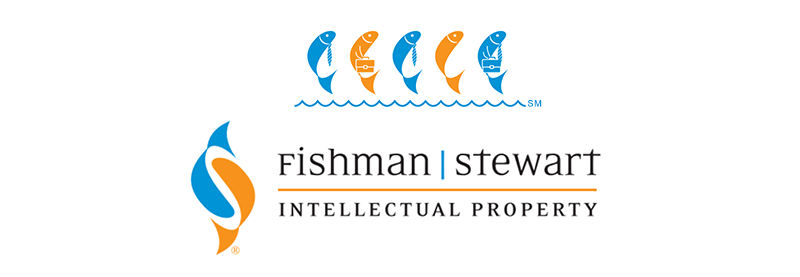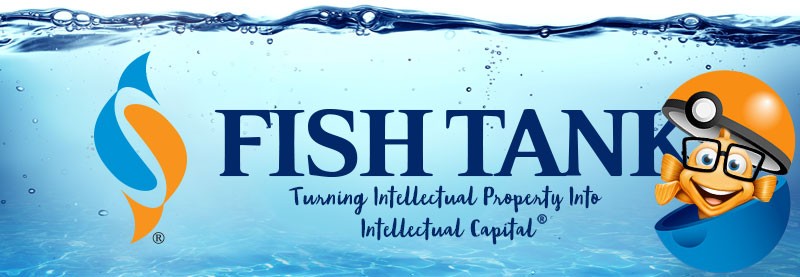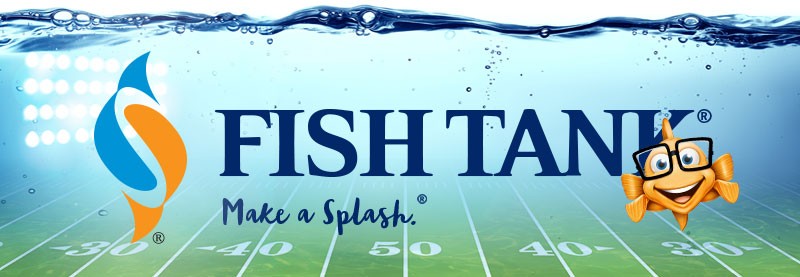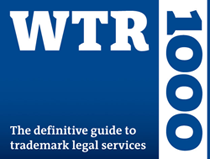Intellectual Property Insights from Fishman Stewart
Mini Article – Volume 23, Issue 3
Share on Social
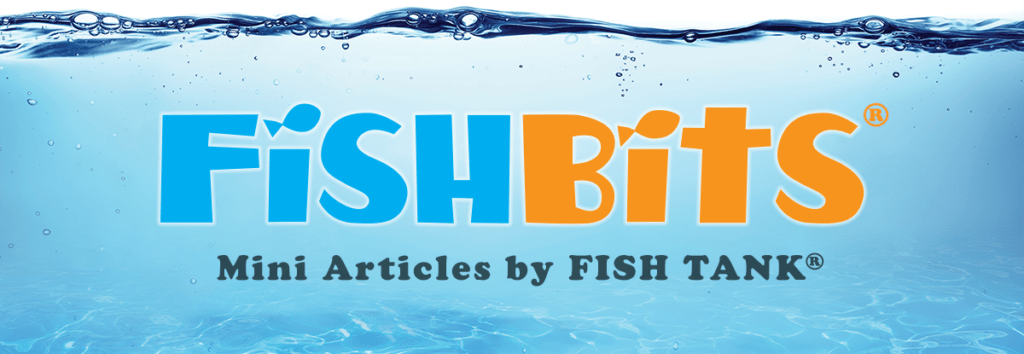
Nothing Says Love Like an NFT
By Kristyn C. Webb
Looking for the perfect Valentine’s Day gift? How about a non-fungible token (“NFT” for short). NFTs are digital certificates of ownership of assets, such as artwork (physical or virtual). A digital certificate of ownership is created, or “minted,” and then recorded on a blockchain ledger—a decentralized, digital, and public ledger—that records changes in ownership of the asset associated with the NFT.
As an analogy, like an NFT certifying ownership of its underlying asset, a vehicle title certifies ownership of its associated asset—an automobile. As the automobile changes ownership, the transactions are recorded at a state department of motor vehicles. Similarly, when an NFT is sold, the ownership of the NFT, and by extension whatever asset it represents, is updated on a blockchain ledger.
When shopping for NFTs, like any other goods, buyer beware! Counterfeit and infringing items exist on the blockchain, too. For example, a jury just found artist Mason Rothschild liable for infringing Hermès International’s intellectual property by selling “MetaBirkins”—NFTs of virtual handbags styled and named after the physical Birkin bags.
Rather than going fishing for the unknown, perhaps check out NFT Finny! We recently minted our very own NFT, with the underlying asset being the below illustration of our beloved Finny. Finny now lives on a blockchain! You can collect a copy of Finny’s NFT artwork on OpenSea. Any proceeds will go to support The Ocean Conservancy.
Want to see other examples of NFTs? Check out some of our articles about NFTs in hoops, NFTs for collectables, or NFTs in court.
Kristyn Webb is the Group Leader of Fishman Stewart’s Copyright Practice Group, and is currently earning a Master’s Degree in Copyright Law at King’s College London.

Published February 10, 2023
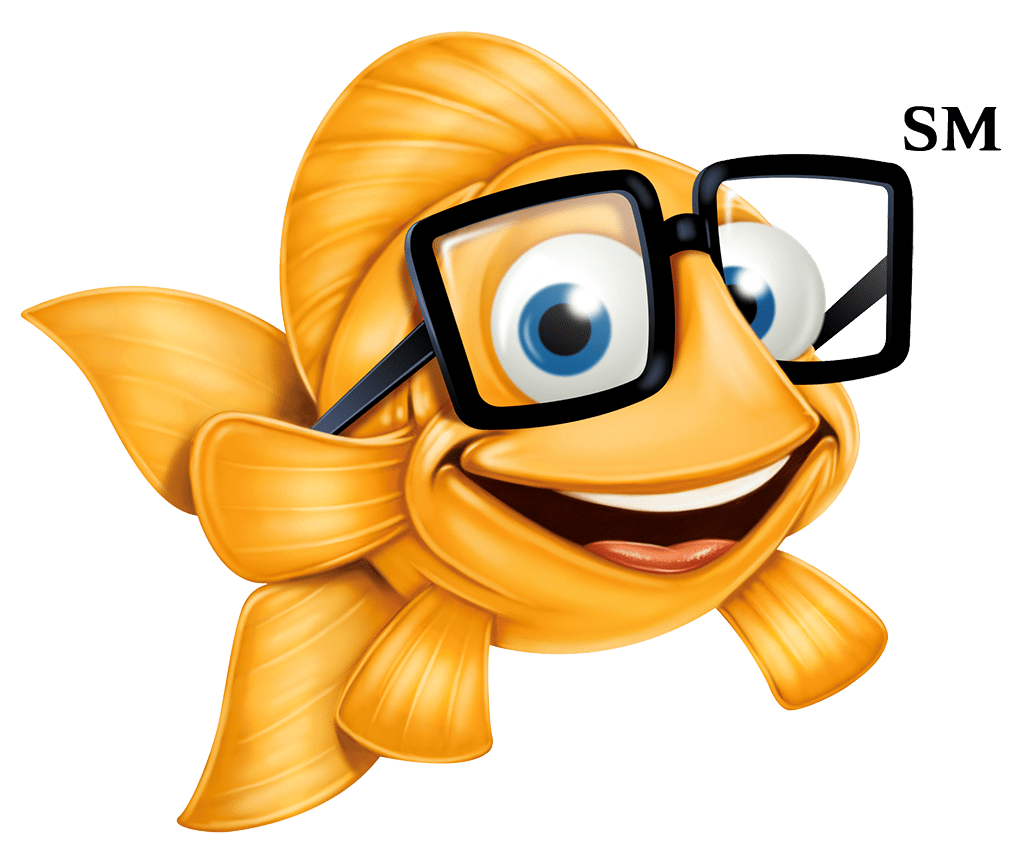

Related Content from Fishman Stewart
In a recent decision, the U.S. Court of Appeal for the Eighth Circuit affirmed a jury verdict holding that the use of the "Success Kid" meme by a congressman's reelection campaign for fundraising purposes did not qualify as fair use.
In February 2024, proposed legislation was introduced in US House of Representatives which would extend copyright protection to golf courses. The bill is titled “Bolstering Intellectual Rights against Digital Infringement Enhancement Act” or the “BIRDIE Act”.
June is Pride Month, which honors the 1969 Stonewall Uprising in Manhattan and recognizes the impact that lesbian, gay, bisexual, and transgender (LGBTQ+) individuals have had on history locally, nationally, and internationally. The United States Patent and Trademark Office flies the Pride Flag and promotes the Pride community’s contributions with programming offered annually.
June is Pride Month. This year we are celebrating with some IP tips for drag performers! Drag performers can protect their intellectual property by registering the copyrights in their original works of music, choreography, and comedy sketches.
You’re rarely more than a few yards from Finny’s favorite chips, semiconductor chips to be precise. But what exactly is a semiconductor chip?
"May the 4th Be With You," also known as Star Wars Day, takes place annually on May 4th. The phrase is a pun on the iconic Star Wars catchphrase "May the Force be with you."
First, a big “thank you” to all our readers who have given feedback on our newsletter. We appreciate your interest and insights. It is always a treat to hear from you! Second, we wanted to provide you with updates on some of our most popular articles
“Palworld”— a computer game created and published by Japanese developer Pocket Pair. Released as an early access game in January 2024, it sold over seven million copies on the computer platform Steam in the first five days and had nearly 20 million players in the first two weeks.
This year’s Super Bowl featured a thrilling overtime victory for the Kansas City Chiefs over the San Francisco 49ers. With estimates as high as 123 million viewers, America's premier sporting event also serves as a grand stage for creativity and intellectual property protections that enhance the game’s success.
Valentine’s Day is just around the corner and jewelry sales are usually around $6 billion USD in the United States alone. In 2021, the US Customs and Border Protection agency seized over $1 billion USD worth of counterfeit pieces of jewelry.
IDENTIFYING, SECURING AND ADVANCING CREATIVITY®
